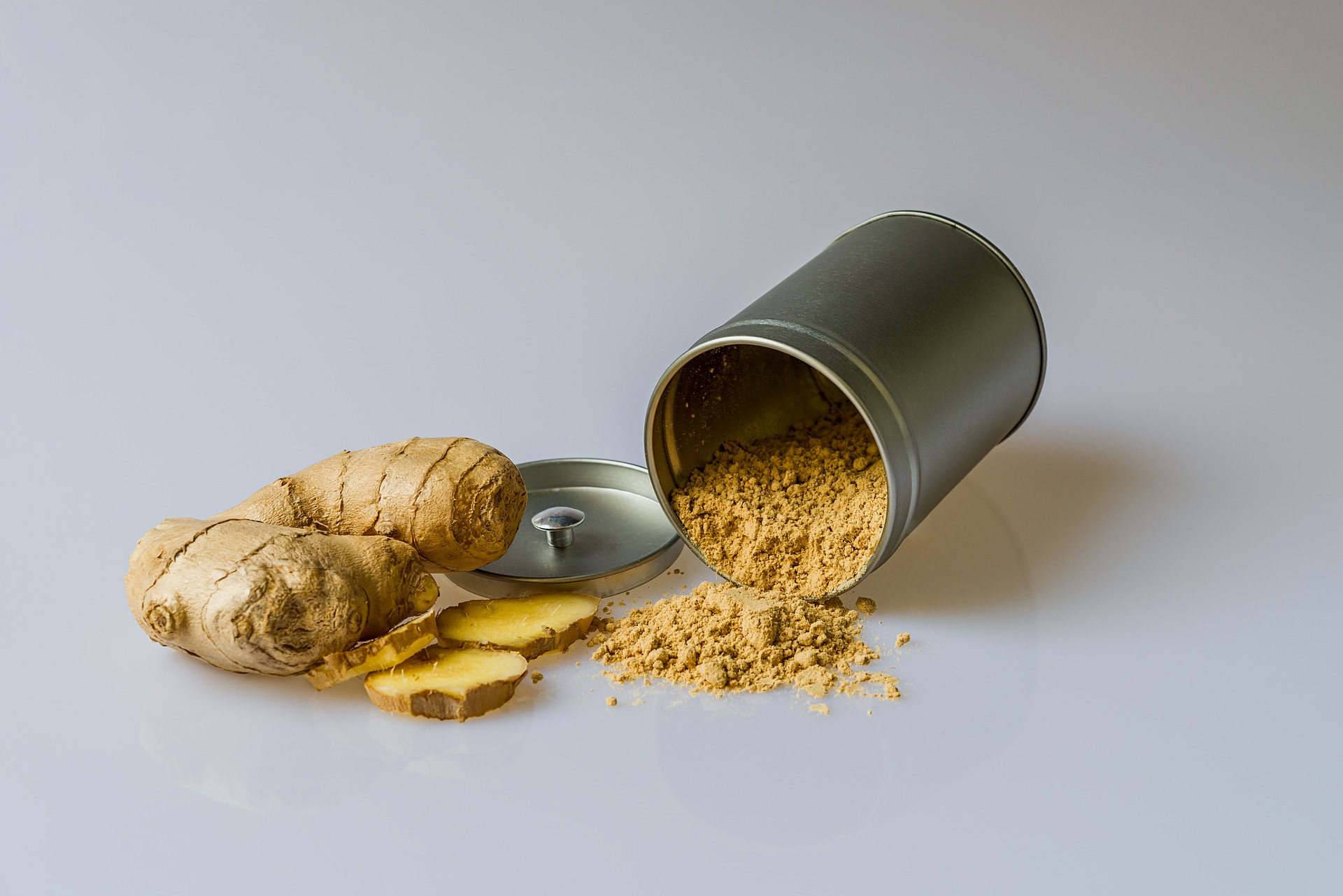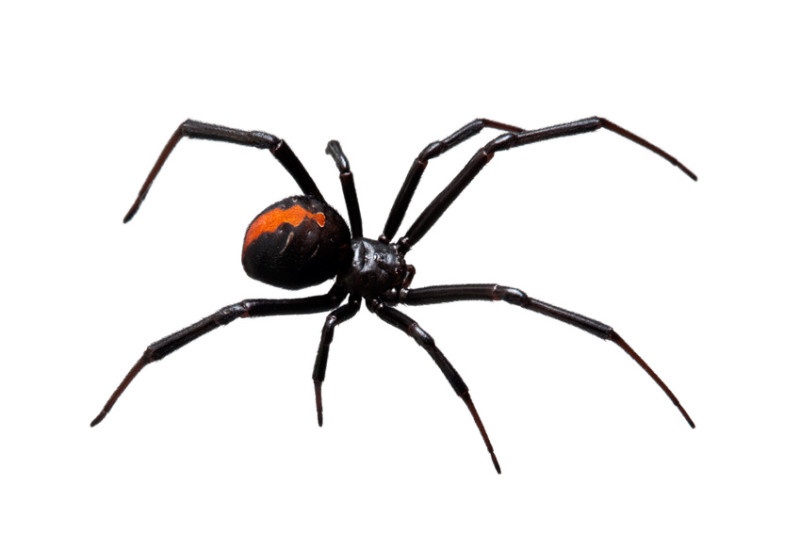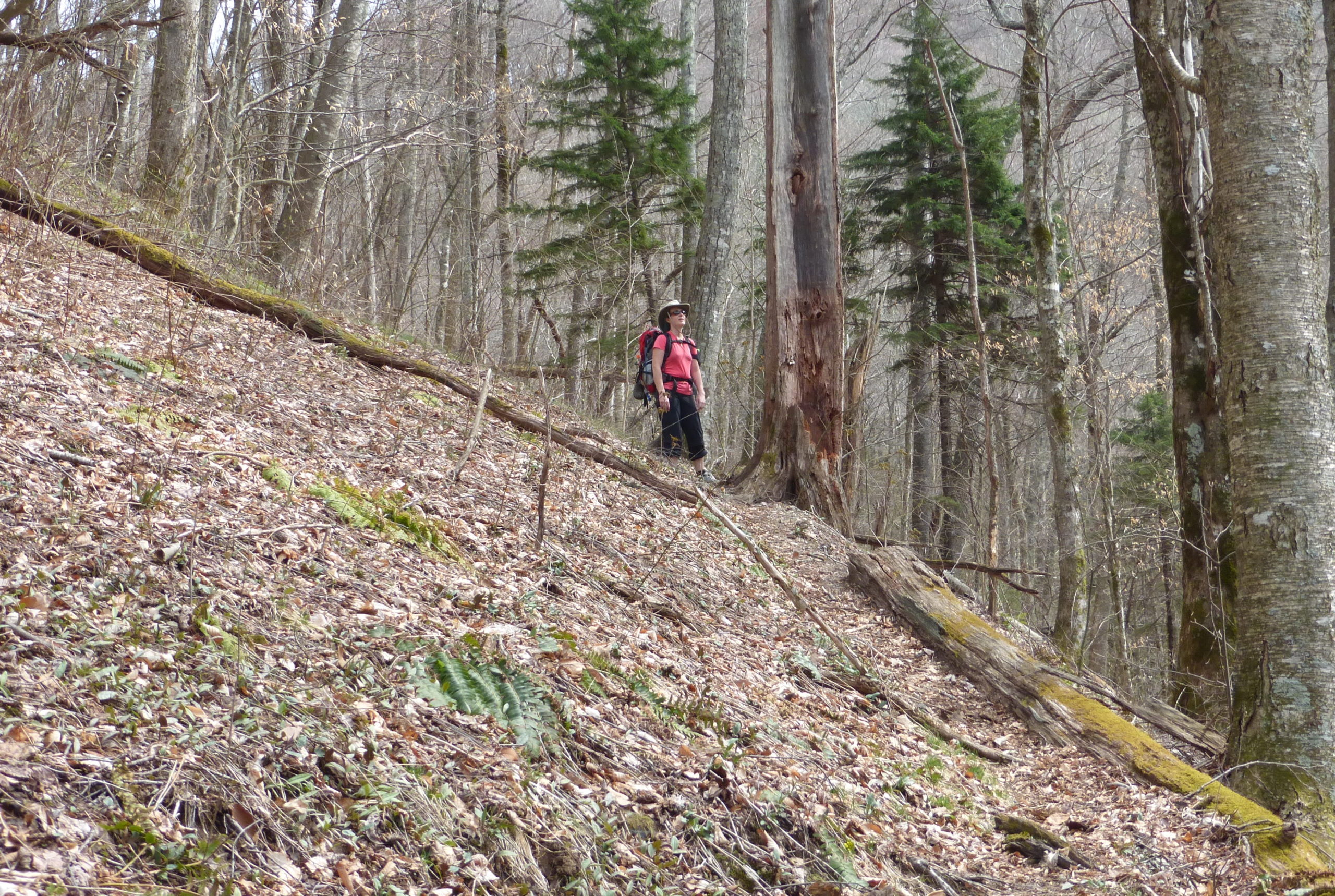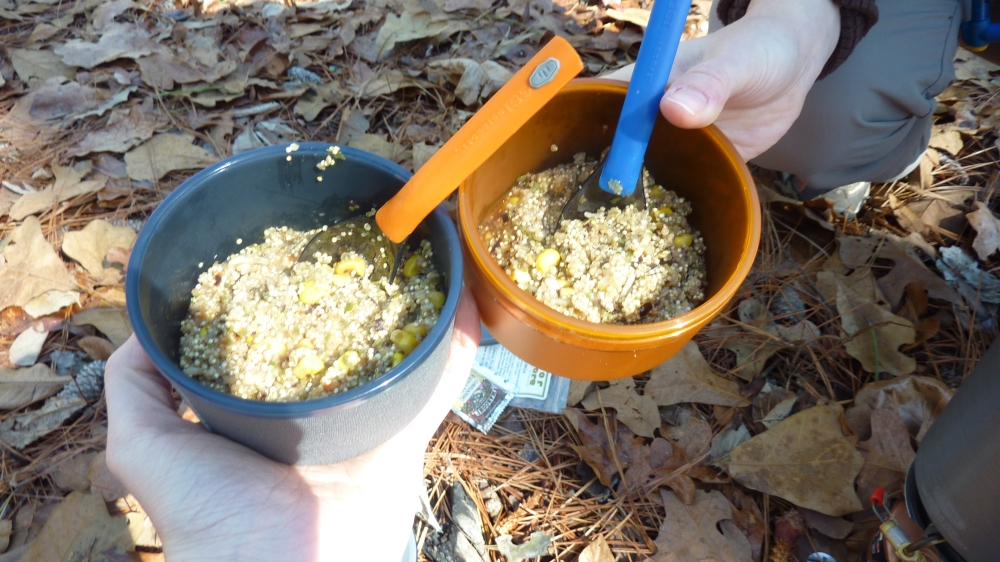Ginger is a pungent rhizome (underground part of the stem) of the tropical herbaceous plant Zingiber officinale botanically related to turmeric. Like turmeric, ginger contains many active beneficial constituents. While ginger is most known for soothing an upset stomach, it is also a mild stimulant that promotes circulation and reduces pain. Ginger also contains blood-thinning actions, which can help prevent internal blood clots. Whether ginger is consumed fresh, or dried and powdered as a spice, it can heal. It is no wonder that ginger is such a powerful food. Ginger Health Benefits Pain Relief The health-promoting properties of ginger are due to its […]
Yearly Archives: 2016
Find a giant furry spider nestled in your backpacking gear? It is Spring and spiders are coming out of hiding to eat and breed. Before you dig out your backpacking gear from the closet or garage, you might want to know how to identify what spiders are harmful. You can probably tell the difference between a Black Widow and a common Daddy Longlegs spider. However, can you distinguish a Brown Recluse from a Common House Spider? Depending on where you live, this infographic by Pest Control Experts shows how to recognize common house spiders that are common to the United States. Familiarize […]
Backpacking involves a long and steady aerobic workout with fitness benefits that rival other more intense, higher impact activities. Although backpacking is a non-competitive recreational activity with a low chance of burn-out, the constant climbing and descending can lead to cramping and injury. Besides the overuse of the muscles, leg cramping is exacerbated by inadequate eccentric contraction strength, dehydration, electrolyte imbalance from sweating, and insufficient carbohydrate intake. Common Causes of Leg Cramps When Hiking When you are backpacking, the muscles in your leg contract while in motion and stretch out when the motion is completed, or another muscle moves it […]
Quinoa is a fascinating plant food that is worthy of its own blog post. It has remarkable nutritional properties, not only from its protein content (15%) but also its energy composition. Here we take a closer look at why quinoa makes an excellent backpacking food.



